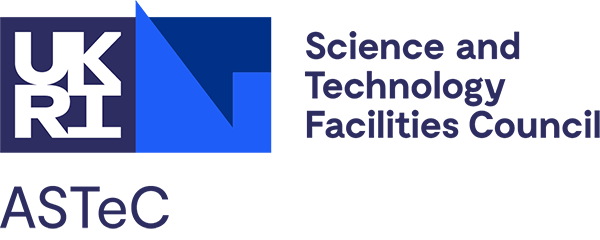
Cutting-edge accelerator and test facilities
Our world-class accelerator and testing facilities accelerate innovation by helping researchers and businesses test, validate, and improve their technologies.
From advanced beamlines to test labs, diagnostic systems, and more we provide access to cutting-edge facilities that can support projects of all shapes and sizes.
CLARA
CLARA is a next-generation X-ray FEL light source user facility with world-leading capabilities that are advancing the frontiers of knowledge across the physical and life sciences, in Europe and beyond.

EBeam Testing
The combination of our EBeam Lab and EBeam Engine allows you to easily trial your product and to scale up your manufacturing process all on one site.

The Linac Test Facility
The Linac Test Facility (LTF) is a unique and flexible facility for electron irradiation of a wide range of components. The LTF is available for industry to evaluate the impact of electron irradiation on components such as electronics and solar cells, evaluating radiation hardness for use in space or other challenging environments.


Enquiries
For more information and all enquiries, please contact us.

